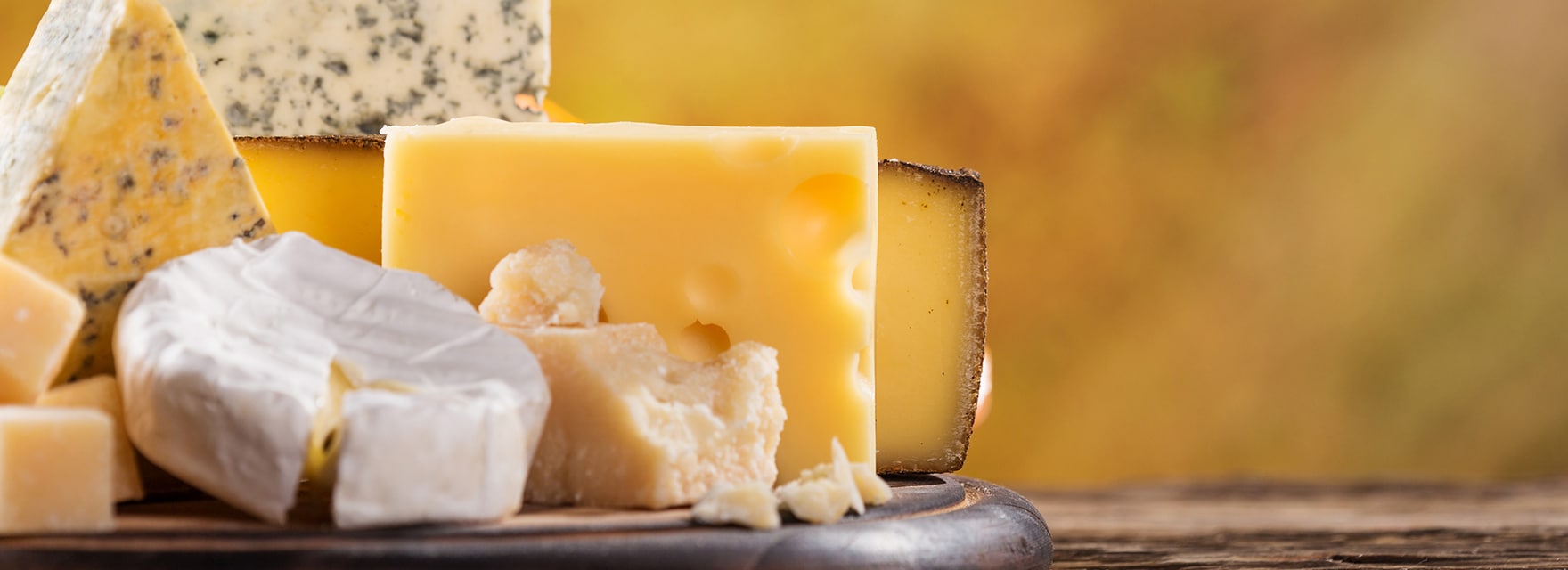You can enjoy our ERU cheese spread for breakfast, lunch and dinner, but how do we actually make our cheese spread?
We make our cheese spread from real cheese, the main ingredient of which is milk. The milk is concentrated and pasteurised by briefly heating the milk to kill bacteria.
Beginnings of cheese
We then add rennet and a starter culture. The proteins, fats and minerals clump together, thickening the milk. The starter culture gives cheese a nicer flavour and extends its shelf life. When the milk is thick enough, we cut it into small white grains or ‘curds’. From this moment, we call it cheese.
Making cheese
We then press the cheese in a cheese vat. We squeeze out the liquid so that the cheese becomes hard. When the cheese has been in the cheese press for long enough, it goes in a brine bath. The salt is absorbed in the cheese, extending its shelf life and improving its flavour. Maturing the cheese for a maximum of 4 weeks gives it its cheesy flavour. After the maturing process, the cheese is given a plastic protective layer to prevent mould and drying out. The cheese is ready.
But how does it become cheese spread?
We grind the cheese in our cheese factory. We add ingredients, water and emulsifying salts. We may also add extra ingredients, such as red pepper and mustard to add a specific flavour. All this goes into a tempering machine where we heat the mixture with steam until it almost reaches its boiling point. We then fill the tubs and seal them with the familiar ERU foil. Once the tub has cooled down, the cheese spread is ready!
